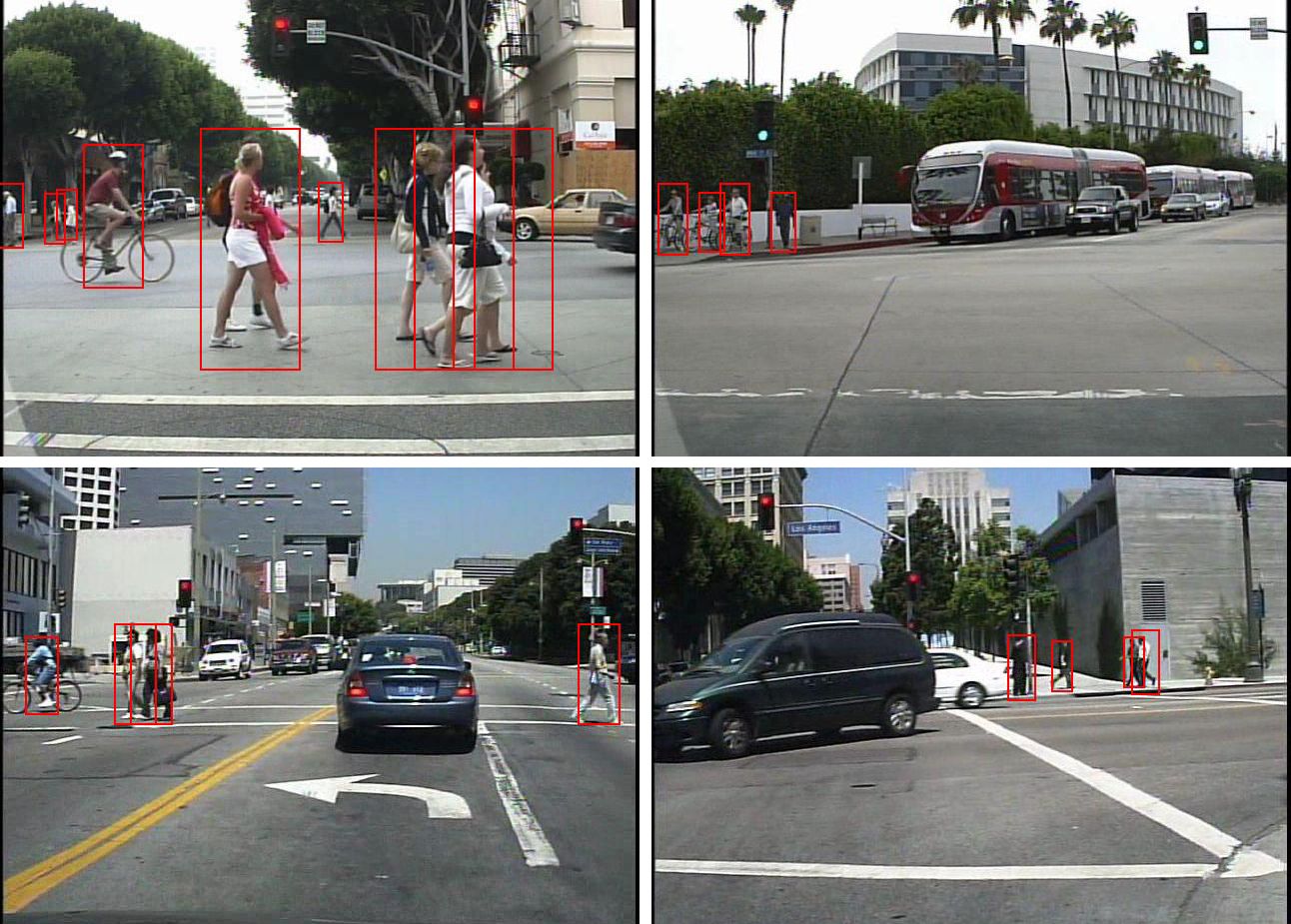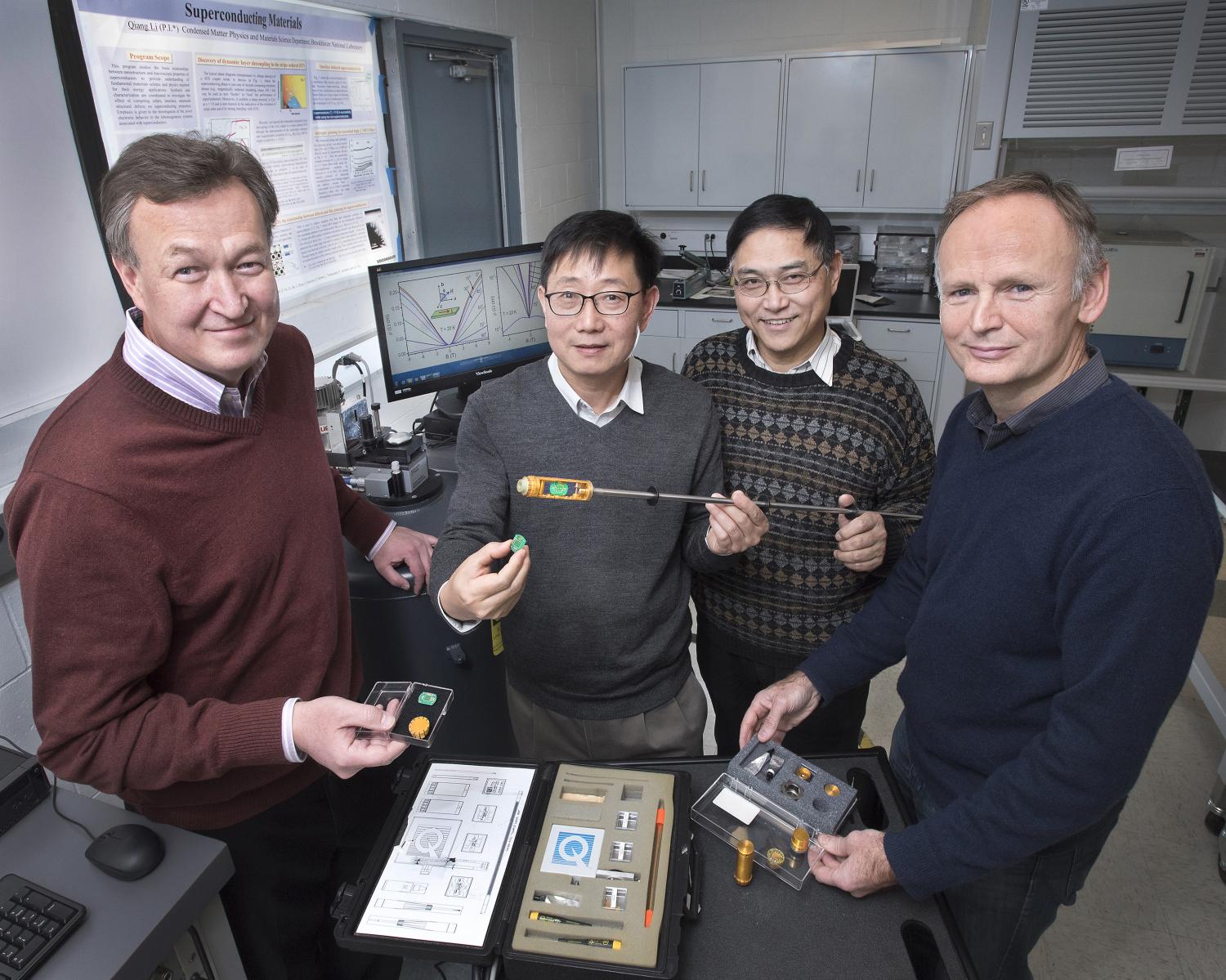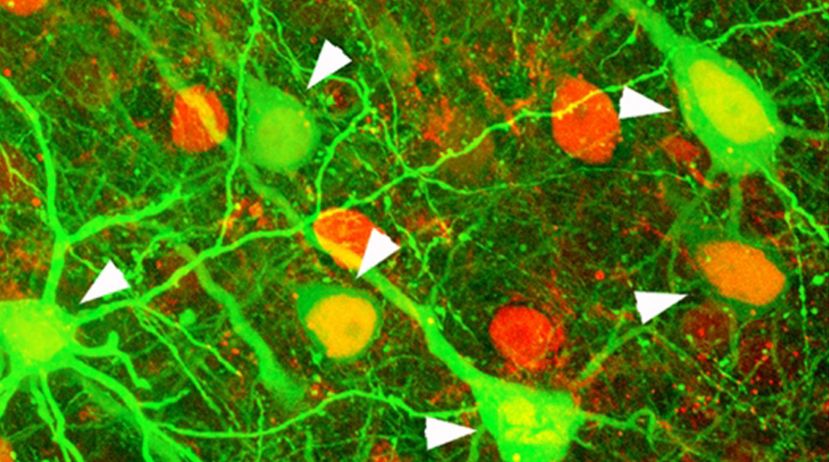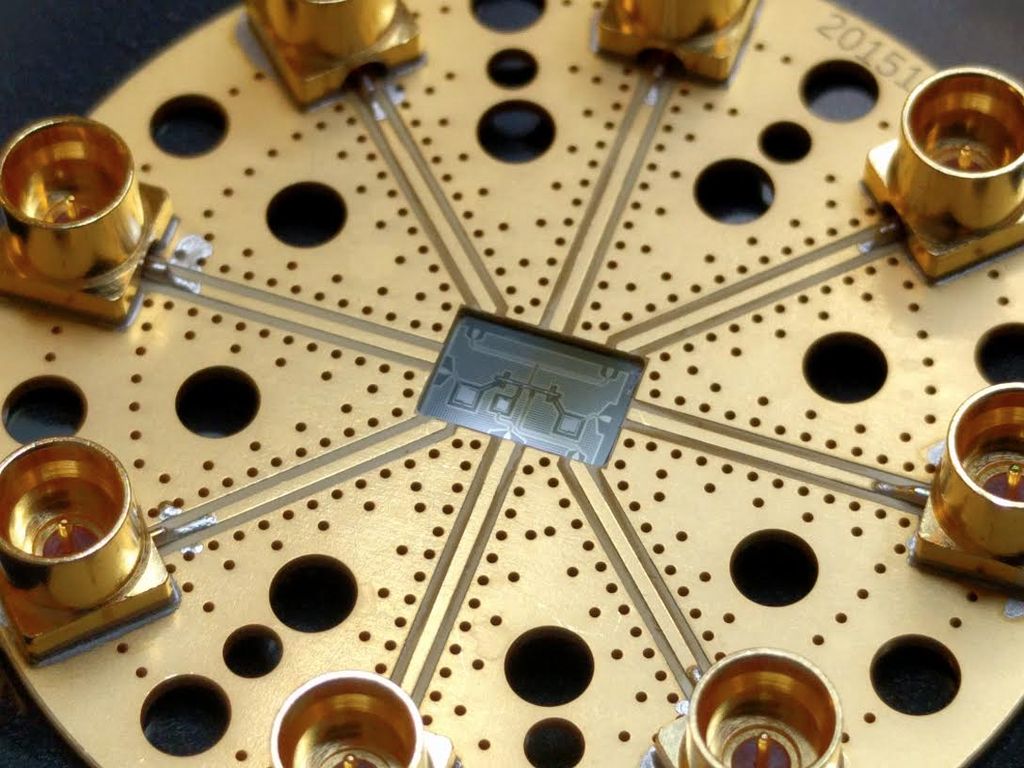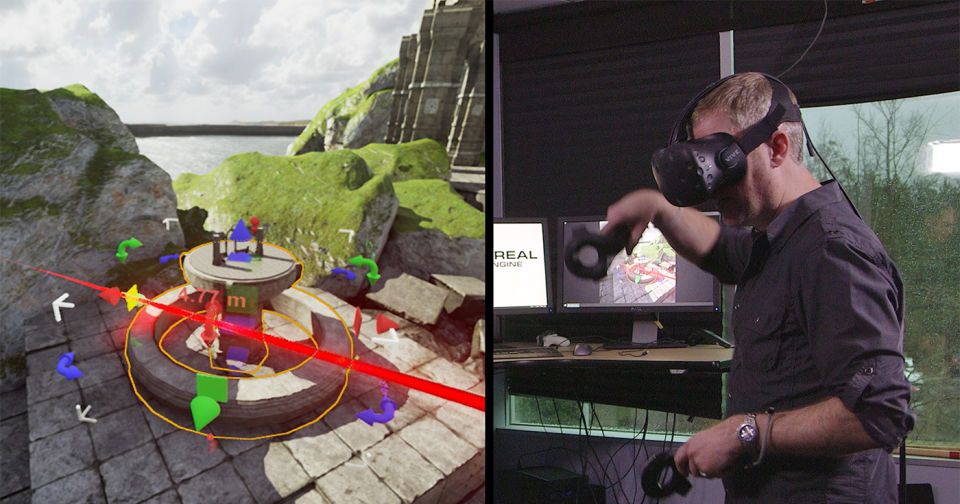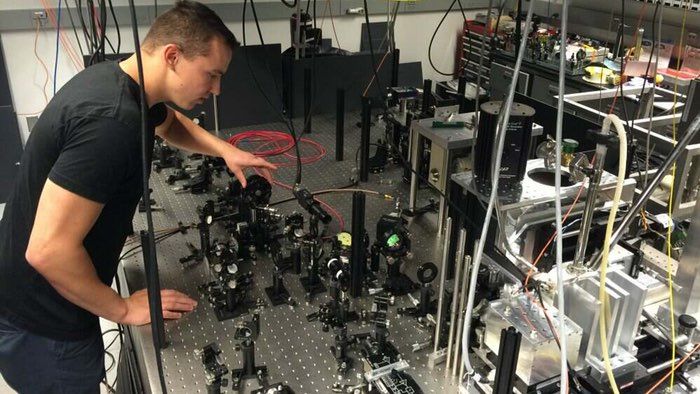
In quantum physics, the creation of a state of entanglement in particles any larger and more complex than photons usually requires temperatures close to absolute zero and the application of enormously powerful magnetic fields to achieve. Now scientists working at the University of Chicago (UChicago) and the Argonne National Laboratory claim to have created this entangled state at room temperature on a semiconductor chip, using atomic nuclei and the application of relatively small magnetic fields.
When two particles, such as photons, are entangled – that is, when they interact physically and are then forcibly separated – the spin direction imparted to each is directly opposite to the other. However, when one of the entangled particles has its spin direction measured, the other particle will immediately display the reverse spin direction, no matter how great a distance they are apart. This is the “spooky action at a distance” phenomenon (as Albert Einstein put it) that has already seen the rise of applications once considered science fiction, such as ultra-safe cryptography and a new realm of quantum computing.
Ordinarily, quantum entanglement is a rarely observed occurence in the natural world, as particles coupled in this way first need to be in a highly ordered state before they can be entangled. In essence, this is because thermodynamic entropy dictates that a general chaos of particles is the standard state of things at the atomic level and makes such alignments exceedingly rare. Going up a scale to the macro level, and the sheer number of particles involved makes entanglement an exceptionally difficult state to achieve.
Read more
